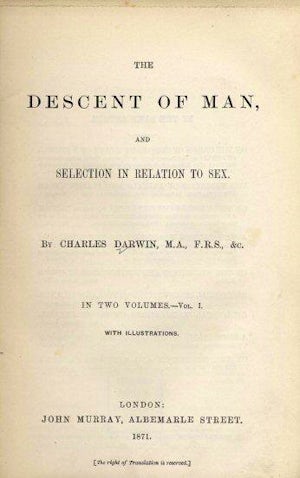
1926. Perhaps the most covertly eugenic volume in the To-day and To-morrow series (see related entry on this website), C.P. Blacker’s (1895-1975) Birth Control and the State: a Plea and a Forecast was very avant-garde when it appeared in 1926, as only a decade or so previously this sort of public promotion of contraception would have been illegal. Dr. Blacker, a Member of the Royal College of Surgeons and Licentiate of the Royal College of Physicians, was a decorated veteran of WW I (in the elite Coldstream Guards), a distinguished student in biology of Julian Huxley at Oxford, a psychiatric colleague of Nobel laureates R.A. Fischer and Lionel Penrose (all were ardent eugenicists at this time) and was later elected secretary of the British Eugenics Education Society from 1931-1952. He wrote numerous articles and books to advocate for birth-control (especially State provision of contraceptives for the poor and working-classes) and to popularize eugenics and argue for more scientific research in eugenics. See the mini-reviews used in the series advertising in the accompanying picture.
This book is actually an expansion of a series of articles written for the London-based Saturday Evening Review, and is dedicated to birth-control pioneer, suffragette and Fabian Society activist, paleobotanist Dr. Marie Stopes; who opened the first (legal) birth-control clinic in London in 1921. In the short preface, Blacker lauds Stopes as a scientific pioneer in the movement, a tireless campaigner and political organizer, and credits her work for making his book possible to publish.
Contraception was still a controversial subject at this time, even within the Eugenics Society. Although all realized its eugenical potential to limit procreation of the “less-desirable” classes, conservative elements of the Society (like long-time leader Major Leonard Darwin) had deep qualms, due to the dire assertion that it was largely only being practiced by the “fitter-classes” who should instead be the prodigious scions of future eugenic generations, and also due to the widely perceived need to replenish the horrendous losses of men during the late War (this was especially true in France, and almost ended the eugenics movement there). Thus the practice could actually produce dysgenic results, unless its use could be targeted and controlled. From other quarters as well, there was considerable ongoing resistance to Blacker’s oft-repeated advocacy for greater provision of birth-control advice and methods in public clinics at State expense, at least throughout the 1930s.
-Michael Kohlman
Blacker, C.P. (1926) Birth control and the state: A plea and a forecast. London: Kegan Paul, Trench, Trubner & Co.
Godwin, G.S. (1928). Columbia, or the future of Canada. London: Kegan Paul, Trench, Trubner & Co.
Gosney, E.S. & Popenoe, P. (1929). Sterilization for human betterment. New York: Macmillan.
Haldane, J.B.S. (1923). Daedalus, or science and the future. London: Kegan Paul, Trench & Trubner.
Harris, W. E. (1929). Achates, or the future of Canada in the Empire. London: Kegan Paul, Trench, Trubner & Co.
Russell, B. (1924). Icarus, or the future of science. New York: E.P. Dutton & Company.
 1869:
Galton publishes Hereditary Genius
1869:
Galton publishes Hereditary Genius
 1871:
Charles Darwin publishes The Descent of Man
1871:
Charles Darwin publishes The Descent of Man